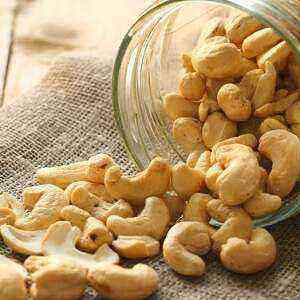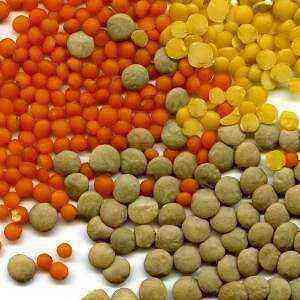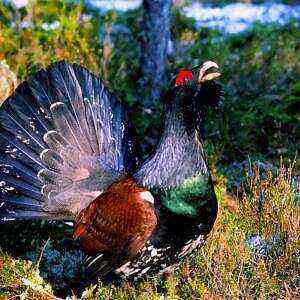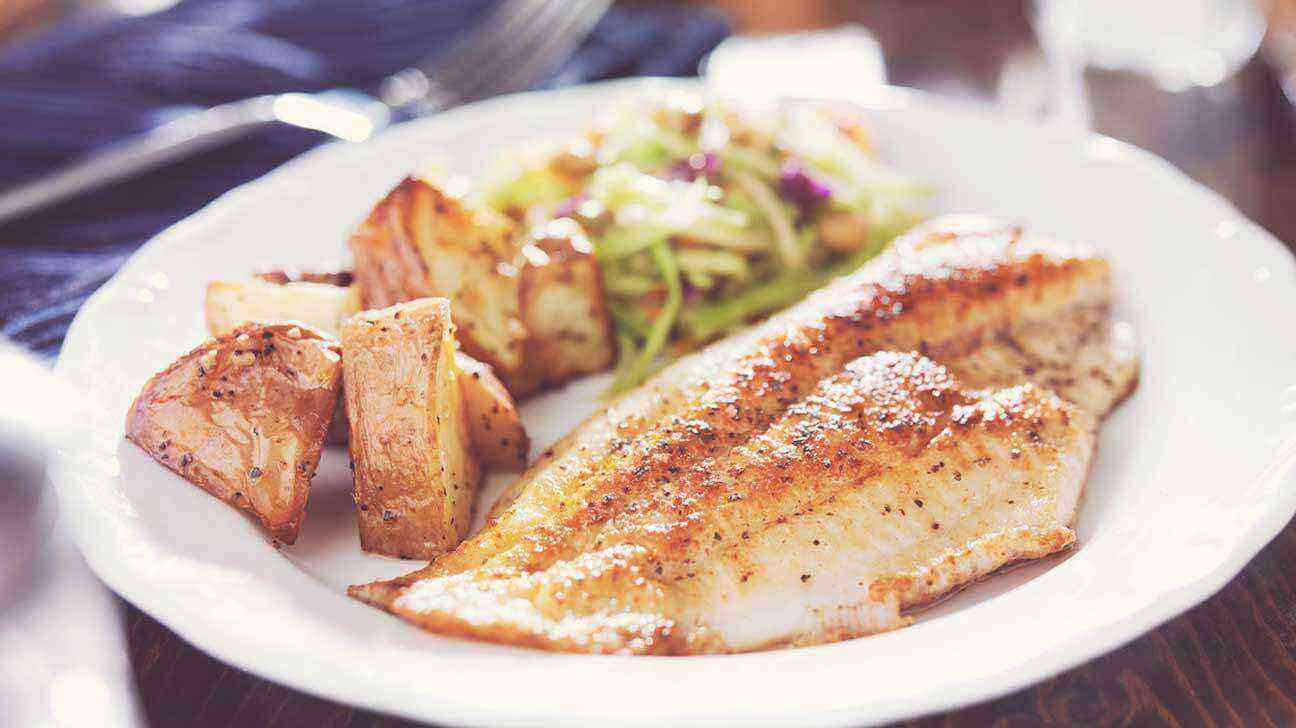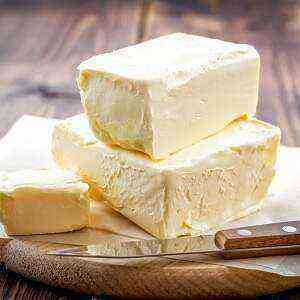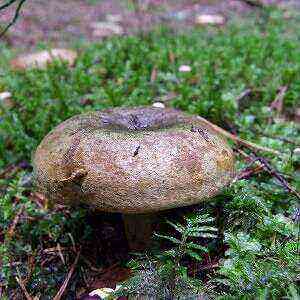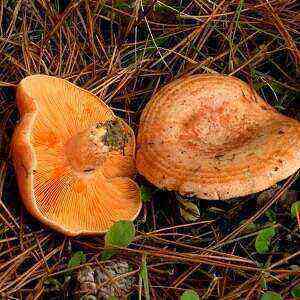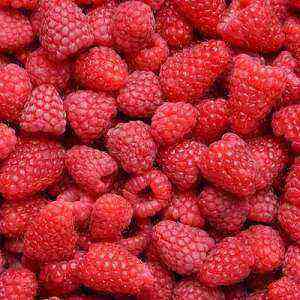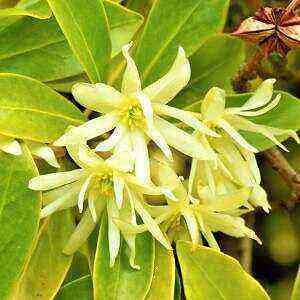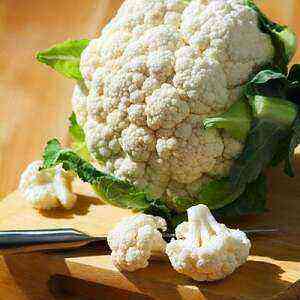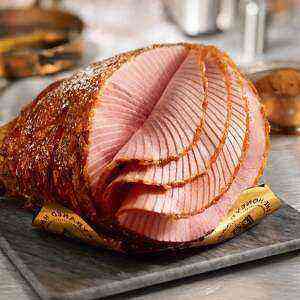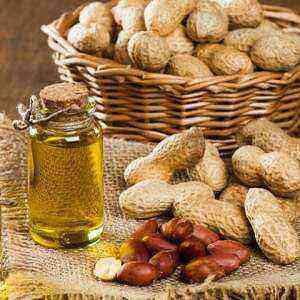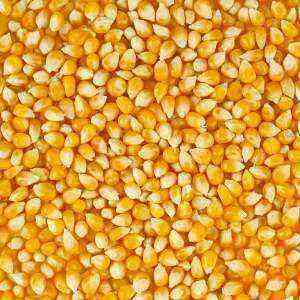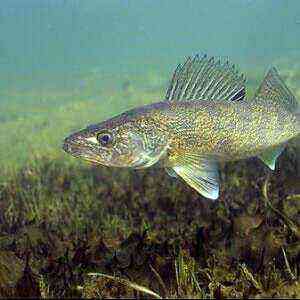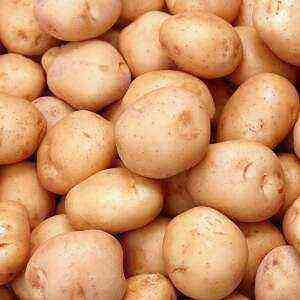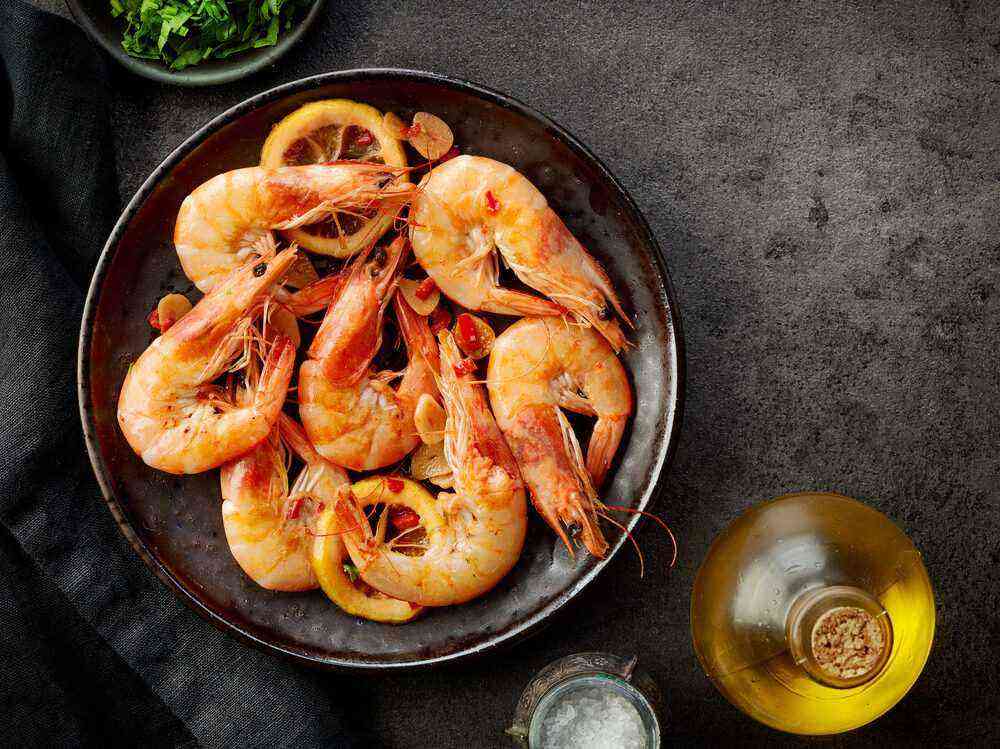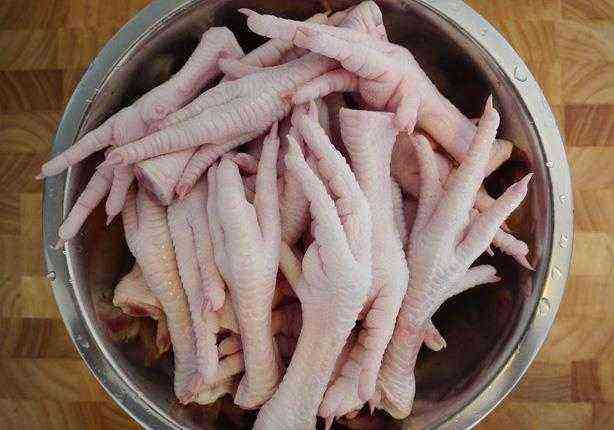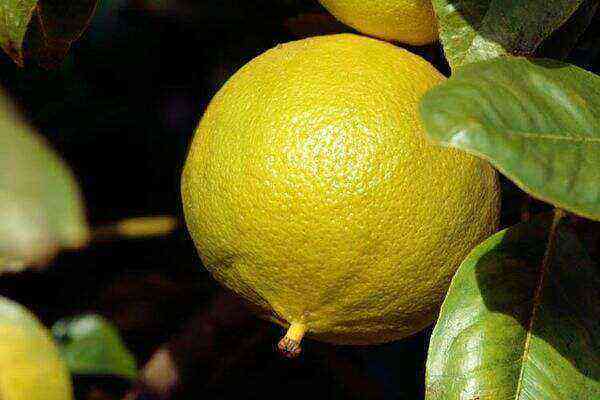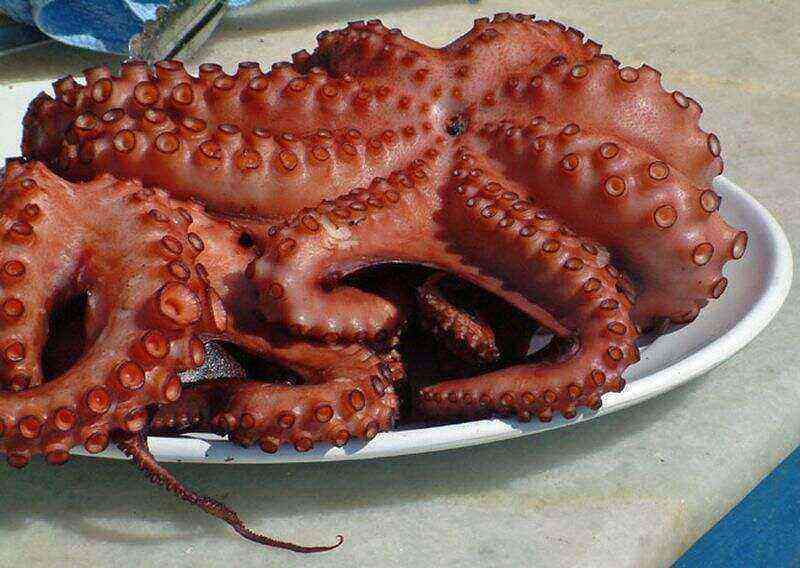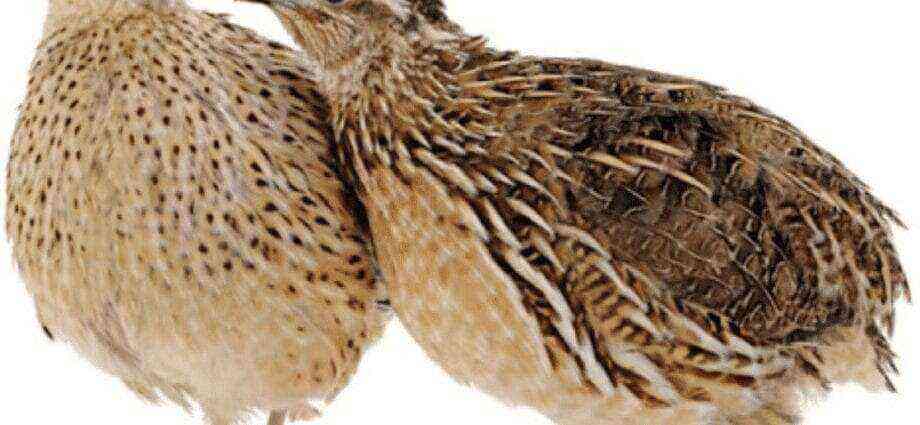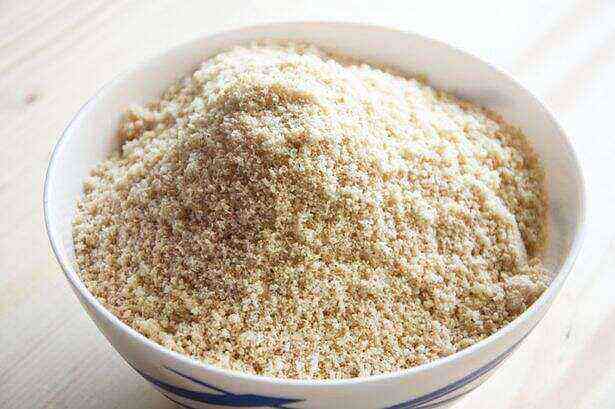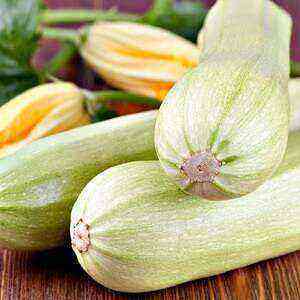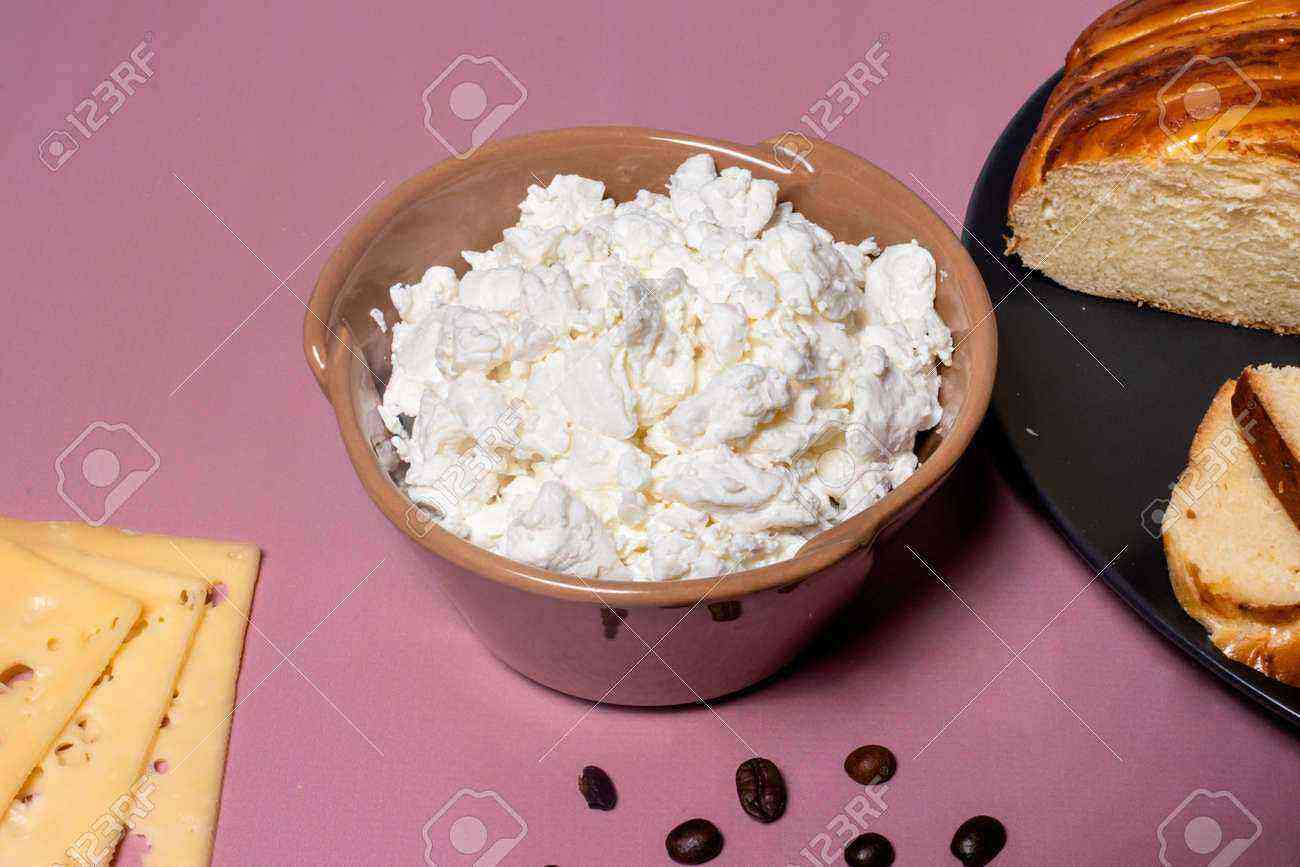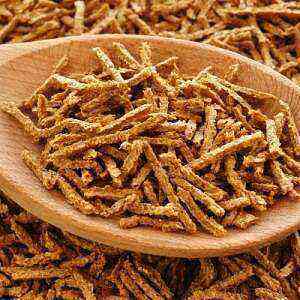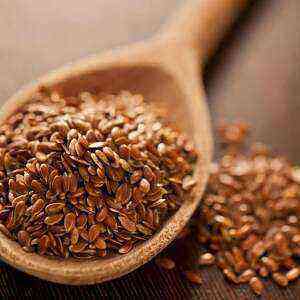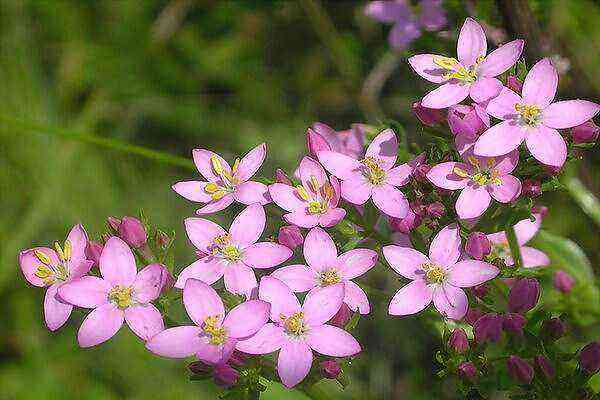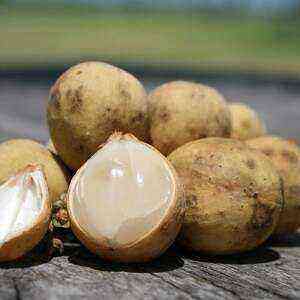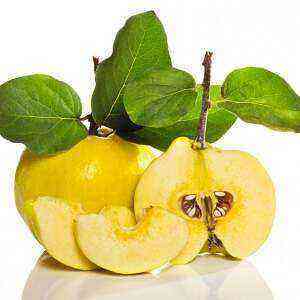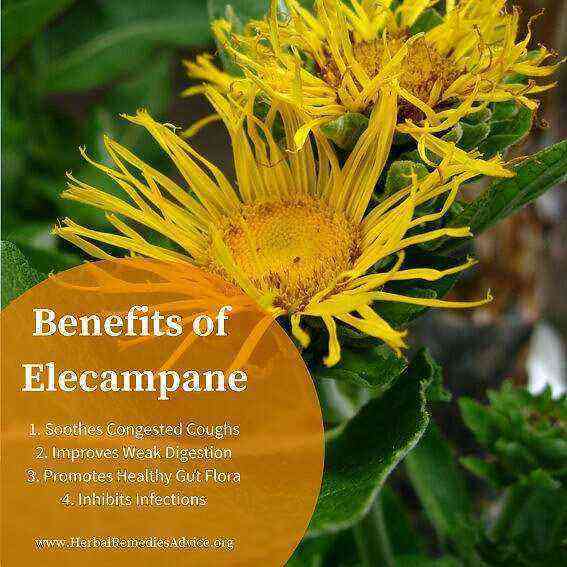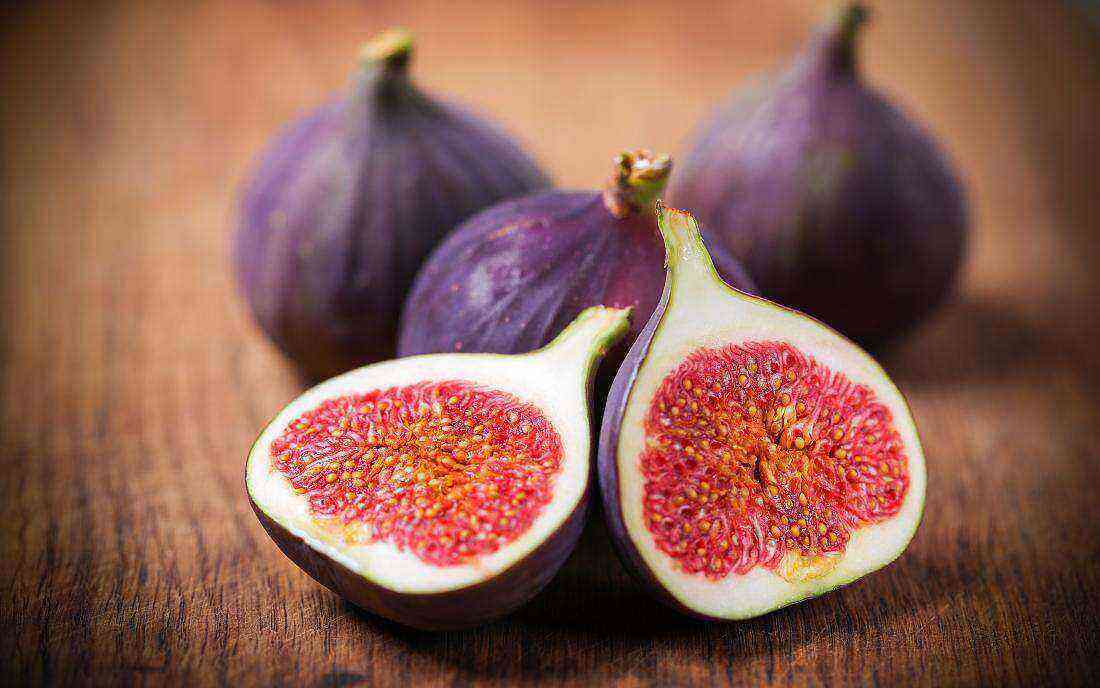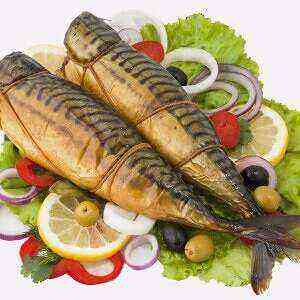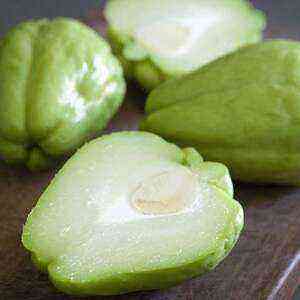
All parts of chayote are suitable for food except stems: tops of shoots (young), fruits and leaves. They are eaten raw, boiled, stewed, baked. The pulp is added to bread products. The tubers are cooked like potatoes, the seeds are eaten fried, so they acquire a pleasant nutty flavor. Tops, old rhizomes are used in agriculture for feeding livestock. The stems of the plant are processed to produce beautiful silvery fibers that are used to create hats.
Mexican cucumber pulp and seeds are a source of vitamin C and essential amino acids (threonine, arginine, valine, leucine). Leaves and tubers exhibit diuretic, anti-inflammatory properties, are used in folk medicine to remove kidney stones, normalize blood pressure and treat atherosclerosis.
Botanical description
Chayote is a climbing monoecious plant with weakly pubescent shoots with longitudinal grooves, which, with the help of antennae, cling to the support. Rhizomes reach 20 m in length, form tubers weighing up to 10 kg. The texture of the pulp resembles a cucumber. The color of the tubers varies from light green or yellow to dark green. The flowers are unisexual, the diameter of the corolla is 1 cm. The leaves are broadly rounded, covered with hard hairs, have a cordate base with obtuse lobes.
Fruits are round or pear-shaped berries, with one flat-oval seed (3-5 cm in length), weighing up to a kilogram. Their skin is thin, covered with longitudinal grooves, firm and shiny, light yellow, green or whitish in color. The pulp is rich in starch, juicy, sweet, light green.
Benefit and harm
Mexican cucumber leaves have a diuretic effect and are used to treat urolithiasis, hypertension and eliminate puffiness. The tubers have anti-inflammatory properties and are used to fight atherosclerosis. The fruits of the plant help get rid of constipation, hemorrhoids, improve the condition of the thyroid and pancreas.

Decoctions of Mexican cucumber are indicated for use by cancer patients after a course of chemotherapy, men with adenoma and prostatitis, women with mastopathy, myoma, fibroma, uterine or breast cancer. In addition, the fruits have diaphoretic properties, are used as a source of ascorbic acid to increase the body’s barrier functions and prevent colds.
The only contraindication to the use of the product is individual intolerance.
Chemical composition
Chayote cucumber is a low-calorie product (19 kcal per 100g), in which all parts of the plant are edible except for the stem. The composition of the vegetable is dominated by carbohydrates (4,5 g), fiber (1,7 g), mono- and disaccharides (1,66 g), while it contains little protein (0,8 g) and fat (0,1 g) …
Ka and in the usual cucumber, in the Mexican representative of the pumpkin family, 94,24 g of water are concentrated, which makes it a desirable product for weight loss.
Table number 1 “Chemical composition of chayote”
Name
Content in 100 g of raw materials, milligram
Vitamins
Choline (B4) 9,2 Ascorbic acid (C) 7,7 Niacin (B3) 0,47 Pantothenic acid (B5) 0,249 Alpha-tocopherol (E) 0,12 Folic acid (B9) 0,093 Pyridoxine (B6) 0,076 Riboflavin ( B2) 0,029 Thiamine (B1) 0,025 Phylloquinone (K) 0,0041
Macronutrients
Калий
125
Фосфор
18
Кальций
17
Магний
12
Натрий
2
Trace Elements
Цинк
0,74
Железо
0,34
Марганец
0,189
Медь
0,123
Селен
0,0002
Table No. 2 “Amino acid composition of chayote”
Name
Substance concentration in 100 g of product, gram
Глутаминовая кислота
0,125
Аспарагиновая кислота
0,092
Лейцин
0,077
Валин
0,063
Аланин
0,051
Фенилаланин
0,047
Серин
0,047
Пролин
0,044
Изолейцин
0,044
Глицин
0,041
Треонин
0,04
Лизин
0,039
Аргинин
0,035
Тирозин
0,032
Гистидин
0,015
Триптофан
0,011
Метионин
0,001
At home, chayote fruits are stored in a paper bag in the vegetable compartment of the refrigerator for no more than 3 weeks, and the leaves are stored for 5 days.
Cooking application
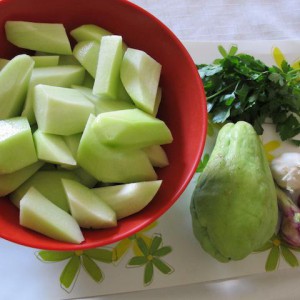
Boiled young shoots in salted water taste like asparagus. Green leaves are eaten raw or stewed and served as a side dish for meat and fish dishes. Chayote tubers are a source of starch (up to 25%), they are dried and ground into flour or fried. The unripe fruits of the plant are combined with vegetables (eggplant, onions, mushrooms, tomatoes, zucchini), vegetable oil and hot spices (cayenne pepper, tabasco), which set off the neutral taste of cucumber.
Cooking recipes:
- Freshness salad. Ingredients: chayote (leaves and fruit), dill, parsley, boiled egg, garlic. Cut all the components of the salad, season with low-fat sour cream.
- Stuffed cucumber. Ingredients: chayote fruit, onions, carrots, minced meat. Cut the cucumber in half, remove the pulp. Saute onions and carrots, mix with minced meat. Fill the halves of the vegetable with the resulting filling, bake in the oven for 30 minutes at a temperature of 180 degrees.
- Puree soup. Ingredients: onion, chayote, cream, salt, pepper. Cut the vegetable into slices, boil for 5 minutes. Fry the onions in vegetable oil. Mix all ingredients, grind with a blender until smooth. Serve hot.
The original taste of chayote is given by fruits. The fruit of the Mexican cucumber is used together with apples and cinnamon for filling pies. In this combination, they acquire a sweet taste.
It is recommended to give preference to fruits of medium size, green color. The flesh of a Mexican cucumber should be firm to the touch, free from dents, scratches or damage.
Before cooking, the vegetable is washed, and large representatives of the species are peeled. For safety reasons, cut off the skin from the vegetable with protective gloves, as the liquid released on its surface can irritate the skin. After that, the fruit is washed again under running water.
Growing and harvesting
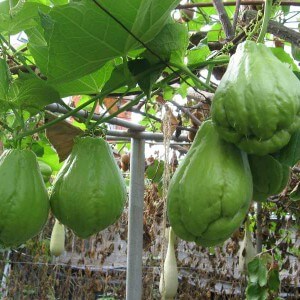
A distinctive feature of the plant is its high yield. Up to 4 fruits are harvested from one 80-year-old bush per season.
The growing season of the culture lasts 200 days. Before planting the plant, the soil is dug up, filled with mineral (100 g of potassium salt and 50 g of superphosphate per 1 sq. M.) And organic (6 kg of compost per 1 sq. M.) Fertilizers. First of all, chayote forms a ribbed stem with side shoots-lianas and massive internodes in which antennae and flowers are formed. Initially, they are gentle and straight, but over time they coarse, curling in a ring. In the first year, the stem is flexible, herbaceous, then gradually stiffens.
The plant has a powerful root system. On the shoots, underground tubers are formed, each weighing 200 g, like a potato. Interestingly, in countries with a subtropical climate, the mass of the fleshy root can reach 9 kg.
In the case of chayote propagation by seed, the whole mature fruit is planted in the ground. Interestingly, the nucleus grows inside it. The fruit is oriented at 45 degrees to the surface of the earth, wide side down, covered with 2/3 earth. Initially, the roots are formed, after which the young sprout breaks through the fruit and a period of intensive growth begins, which lasts 14 days. At this time, it stretches upward, forms shoots. The fruit provides a supply of nutrients to the plant. 2 weeks after planting the seed in the ground, strong shoots (2-3 pcs) are left on the shoots, and the rest are removed. And after 170 days, the first harvest is collected.
It is interesting that chayote seeds are buried in the soil at an ambient temperature of +27 degrees, since the plant does not tolerate cold and frost. Lowering the temperature to 0 degrees not only slows down the development of the culture, but has a detrimental effect on shoots, leaves and seedlings. At minus 3 degrees, it drops fruits, roots begin to die off.
For growing Mexican cucumbers, choose a soil with a maximum freezing depth of no more than 3 cm.
In the case of vegetative propagation, cuttings, 15 cm long, are formed from young shoots, which are planted in a soil consisting of a layer of peat (7 cm) and river sand (10 cm). To increase the germination of plants, it is covered with a film, high humidity is provided. At the same time, it is important to ensure that the soil temperature does not drop below +15 degrees, otherwise the culture growth will freeze. Chayote is planted in mid-May.
Caring for a Mexican cucumber comes down to regular watering, loosening, weeding and fertilizing the site, tying shoots to a trellis or stakes. Harvesting is carried out as it ripens, the fruits are stored in a dry darkened room at a temperature of +5 degrees.
In a dry period, to prevent the ovaries and flowers from falling off, the culture is watered with warm water, otherwise root rot develops.
Conclusion
Chayote is a perennial plant with edible fruits that does not tolerate frost. It is a powerful liana, reaching 12 m in height. Chayote is a low-calorie product, 100 g of which contains only 19 kcal. The pulp of the fruit resembles a potato in texture, it contains 25% starch, 17 amino acids, dietary fiber, sugars and a set of vitamins and mineral compounds. All parts of the plant are suitable for food, with the exception of the woody stem. Mexican cucumber leaves are used in folk medicine to relieve puffiness, lower blood pressure, and treat kidney stones. Young roots, fruits are widely used in cooking for the preparation of side dishes, salads, mashed soups. The stem is used for weaving straw things, and old shoots for livestock feed.
At present, the culture has a low prevalence, however, due to its rich chemical composition and useful properties, it is assumed that the plant will gain wide popularity in the near future.
